Last updated: January 17, 2024
Article
S.S. Scotts Bluff: Forgotten Contributor
Among the many ships that bolstered the Allied navies in World War II, the T2-class tankers are largely forgotten. Their cousins, the Liberty- and Victory-class cargo ships have also largely taken a back seat but unlike the T2s there are still some Liberty and Victory ships acting as museums and some are even still seaworthy. The tankers were likely not preserved because they still had a critical role moving forward while the cargo ships were quickly replaced with much larger and more efficient vessels. Following World War II, the T2s were used to transport oil as the world became more dependent on it. The most common variant was the T2-SE-A1 and one of these was named SS Scotts Bluff after Scotts Bluff National Monument.

Public Domain, U.S. National Archives and Records Administration
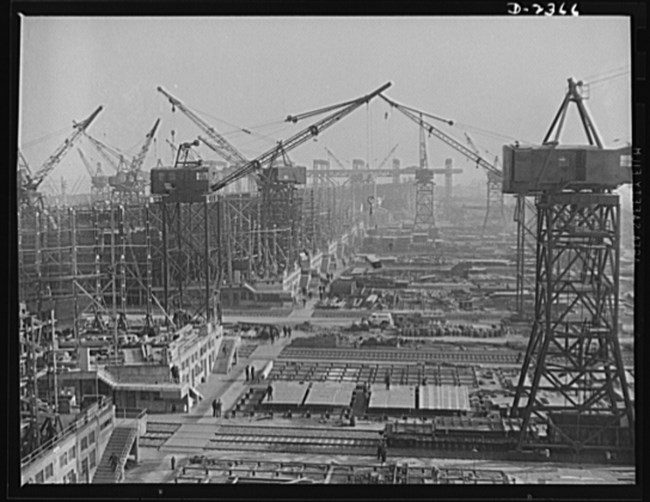
Library of Congress
Liberty and Victory Ships: The first of the “Liberty ships” was the Ocean-class cargo ship which saw 60 vessels built between December 1940 and November 1942, costing about $1.6 million (about $22.22 million today). The Liberty-class came about soon after and was a little bigger and faster than the Ocean-class vessels and had oil-fueled engines instead of coal-fueled. These cost around $2 million (about $27.78 million) to build. The Victory-class came next, and much like the Liberty-class, was an improvement over the previous design. Victory ships cost an average of $2,528,000 ($35.11 million) each. In total, 60 Ocean-class 2,751 Liberty-class, and 534 Victory-class vessels were created. Today, there are four Liberty-class and three Victory-class vessels preserved as museum ships to show this more hidden piece of American history. The T2 tankers are different than the more well-known Liberty and Victory ships.
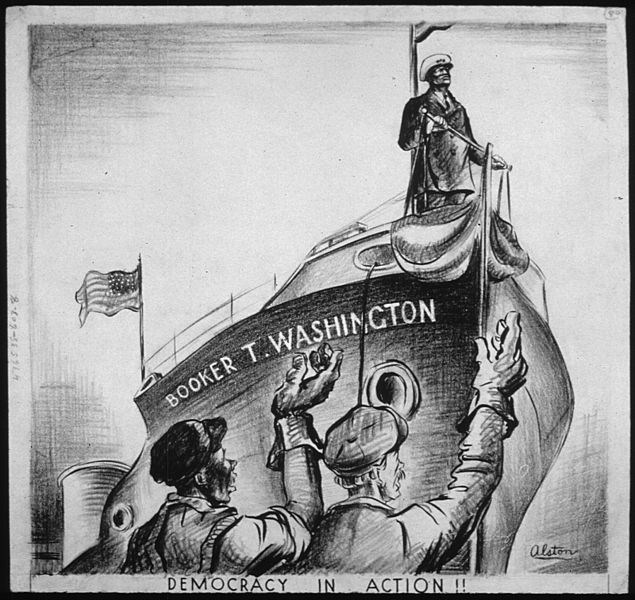
Public Domain, U.S. National Archives and Records Administration.
Size: Liberty-class vessels measured in at 455 feet long and 62 feet wide. T2-SE-A1-class tankers, like the SS Scotts Bluff, were 523 feet long and 68 feet wide. Liberty-class vessels displaced about 14,245 tons while the tankers displaced about 22,445 tons. Displacement is one of many ways that the weights of ships are expressed. It calculates how much water the ship is displacing by examining how far the ship is settling into the water, using numbers painted on the bow (front), midships (middle), and astern (rear). Simply put, displacement is the effect of setting an object in water and the water line rising.
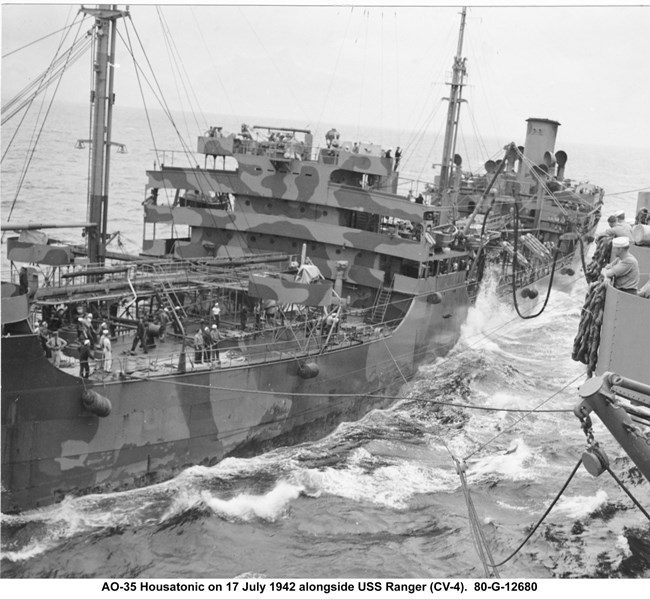
U.S. Navy Photograph, U.S. National Archives
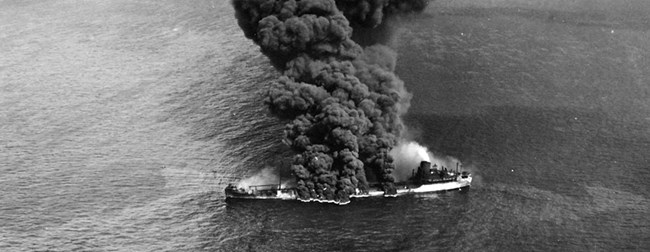
Official U.S. Navy Photograph, U.S. National Archives.
History of the Scotts Bluff: She was built in 39 "working days" and launched on May 10, 1944 by Kaiser Shipyards in Portland, Oregon. Not much is available on the ship’s wartime history but she did survive the war and was sold to the French government in 1948 and renamed Orcher. In 1963, she was again sold to Superior Shipping Company, out of Monrovia, Liberia, and renamed Patrick D. Her final owner was Trinity Shipping, Inc. who renamed the vessel Lake Katrina. It is not clear if they bought it for the purpose of scrapping but on July 19, 1968 the former SS Scotts Bluff arrived in Kaohsiung, Taiwan where she would soon be broken up and scrapped. This pattern was common among many of the T2 tankers, Liberty, and Victory vessels. They would briefly see service in new roles, some seeing conversions, and eventually sold to different nations for continued use. Many had met the same fate as SS Scotts Bluff by the time she met hers.
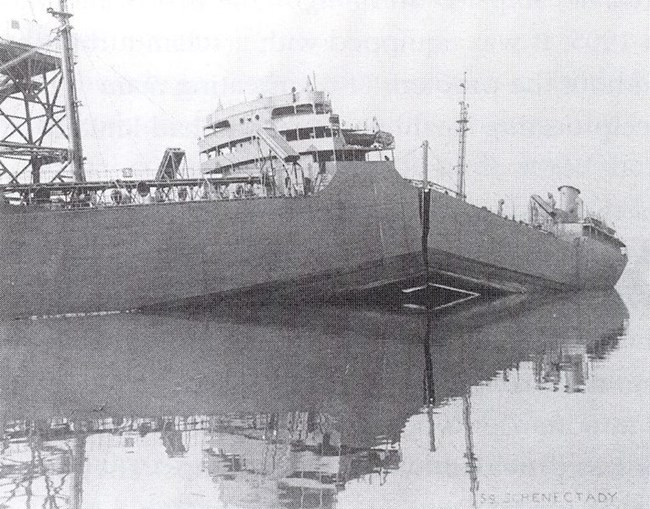
Public domain.
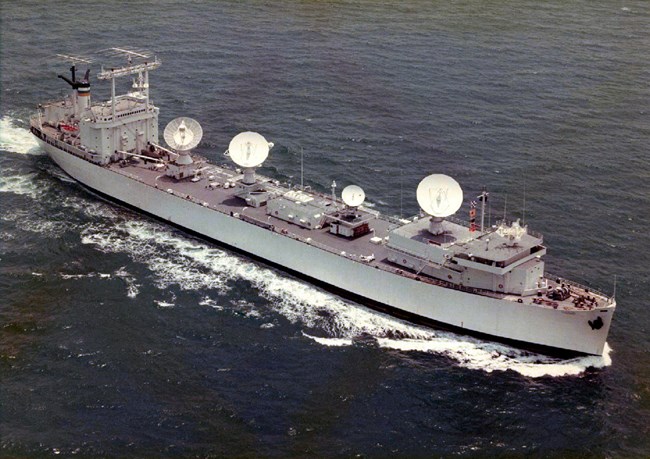
Public domain, United States Navy.
